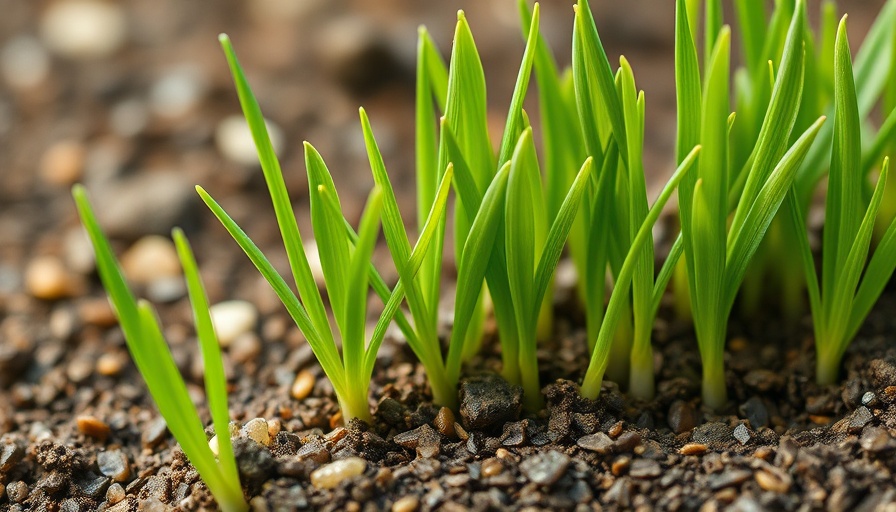
Maximizing Your Lawn's Curb Appeal: The Best Time to Plant Grass
When it comes to enhancing your home's curb appeal, a lush, healthy lawn is an essential element. But the question remains: when is the best time to plant grass seed to achieve that perfect green oasis? Experts, including Matthew Koch, Ph.D., the Director of Biotechnology at Scotts Miracle-Gro Company, shed light on this topic, and it all hinges on climate.
Timing is Everything: When to Seed Grass
In general, homeowners can plant grass seed throughout the year. However, understanding the optimal planting times can significantly affect the establishment of your lawn. Autumn is considered the best time for cool-season grasses, which thrive when planted between late August and early October. Matthew Koch notes that during this period, the competition from weeds is minimal, enabling grass to take root effectively. Janice Parker, a landscape architect, emphasizes that by late summer, weeds are subsiding, allowing grass seeds a better chance to flourish.
Understanding Cool-Season vs. Warm-Season Grasses
Cool-season grasses, such as Kentucky bluegrass and fine fescue, are best suited for the Northeast and similar climates. They need to establish roots before the first frost, which is why planting in early fall is crucial. On the other hand, warm-season grasses like Bermuda grass prefer to be sown in early spring, ideally when soil temperatures hit about 65 degrees Fahrenheit. This ensures they grow well before the heat of summer kicks in.
The Importance of Regional Considerations
One significant takeaway from gardening experts is the need to tailor your grass planting practices to your local climate. For example, those in the humid East Coast might face different challenges compared to the drier conditions of the West. "It is essential to consider your specific area's climate," emphasizes Koch, suggesting homeowners select the appropriate grass type that works best in their geographical zone.
Preparing Your Lawn for Planting Success
Proper preparation is key to ensuring the best germination rates. Start by clearing debris, leveling out any uneven patches, and considering applying compost for added nutrients. Once you’ve laid the seed, keep the soil consistently moist but not oversaturated, to kickstart the germination process.
Conclusion: Take Action to Enhance Your Lawn
The path to a vibrant lawn begins with understanding the optimal planting times and proper care techniques for your zone. As the planting season approaches, homeowners should take these insights to heart. Follow expert recommendations, and you’ll soon be on your way to a flourishing lawn that maximizes your home's curb appeal!
 Add Row
Add Row  Add
Add 




Write A Comment